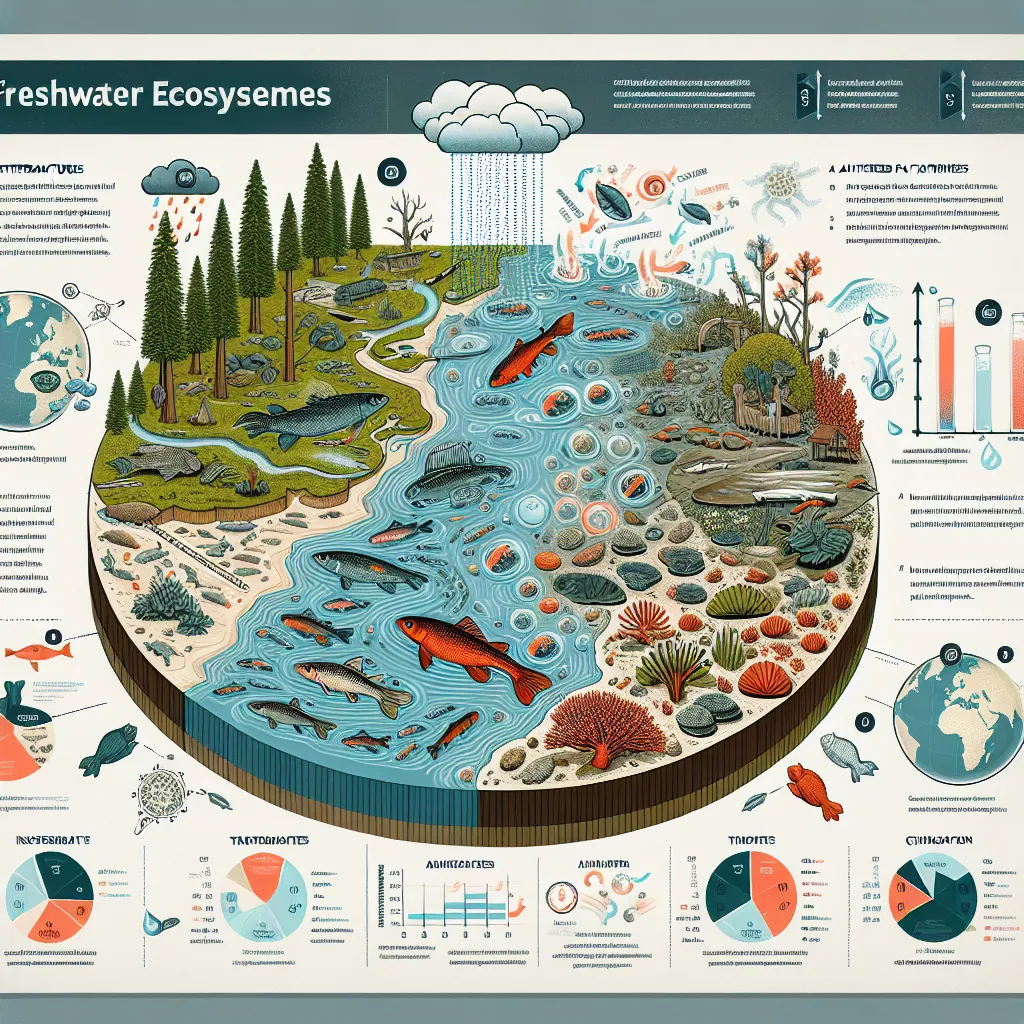The IELTS Reading section is a crucial component of the test, assessing candidates’ ability to comprehend complex texts and respond to various question types. Today, we’ll focus on a topic that has gained significant relevance in recent years: the challenges of maintaining work-life balance in remote jobs. This subject has become increasingly prevalent in IELTS exams, reflecting the global shift towards remote work. Based on current trends and its growing importance, it’s highly likely that similar themes will continue to appear in future IELTS tests.
Nội dung bài viết
- Reading Passage
- The Delicate Balance: Navigating Work-Life Boundaries in Remote Jobs
- Questions
- True/False/Not Given
- Multiple Choice
- Matching Headings
- Answer Key and Explanations
- True/False/Not Given
- Multiple Choice
- Matching Headings
- Common Mistakes to Avoid
- Vocabulary
- Grammar Focus
- Tips for IELTS Reading Success
Let’s dive into a practice reading passage and questions to help you prepare for this potential topic in your upcoming IELTS exam.
Reading Passage
The Delicate Balance: Navigating Work-Life Boundaries in Remote Jobs
Remote work has revolutionized the modern workplace, offering unprecedented flexibility and freedom. However, this new paradigm has brought with it a unique set of challenges, particularly in maintaining a healthy work-life balance. As the lines between professional and personal spaces blur, many remote workers find themselves grappling with issues that were less prevalent in traditional office settings.
One of the primary challenges remote workers face is the difficulty in establishing clear boundaries between work and personal life. Without the physical separation of an office, many find it challenging to ‘switch off’ at the end of the workday. The convenience of having work tools constantly at hand can lead to an ‘always-on’ mentality, where employees feel compelled to respond to emails or complete tasks outside of regular working hours. This constant connectivity can result in longer working hours and increased stress levels, ultimately impacting overall well-being.
Another significant issue is the lack of social interaction and professional isolation. The absence of face-to-face communication with colleagues can lead to feelings of loneliness and disconnection. Water cooler conversations, impromptu brainstorming sessions, and casual lunch breaks – all staples of office life – are notably absent in remote work settings. This isolation can not only affect mental health but also hinder career growth opportunities that often arise from informal networking.
Time management presents another hurdle for remote workers. Without the structure of a traditional office environment, some individuals struggle to organize their day effectively. The flexibility that makes remote work attractive can also be its downfall if not managed properly. Procrastination becomes easier when there’s no physical oversight, and the lines between work time and personal time can become increasingly blurred.
 Challenges of remote work
Challenges of remote work
Moreover, remote work often comes with technological challenges. Reliable internet connections, appropriate hardware, and software issues can all impact productivity and add to work-related stress. The responsibility of maintaining a functional home office often falls entirely on the employee, which can be both financially and technically burdensome.
The impact on physical health is another concern. Remote workers may find themselves leading more sedentary lifestyles, missing out on the natural movement that comes with commuting and moving around an office. Ergonomic issues can arise from improper home office setups, leading to physical discomfort and potential long-term health problems.
Despite these challenges, many organizations and individuals are finding innovative ways to address these issues. Companies are implementing policies to respect employees’ off-hours, encouraging regular breaks, and promoting virtual social interactions. Individuals are creating dedicated workspaces at home, setting strict work schedules, and actively seeking ways to maintain social connections with colleagues.
As remote work continues to evolve, so too will the strategies for maintaining a healthy work-life balance. The key lies in recognizing these challenges and proactively developing solutions that work for both employers and employees. With the right approach, remote work has the potential to offer a fulfilling and balanced professional life, combining the best aspects of flexibility and productivity.
Questions
True/False/Not Given
Answer the following questions with True, False, or Not Given based on the information provided in the passage:
- Remote work always leads to longer working hours compared to traditional office work.
- The lack of face-to-face interaction in remote work can negatively impact career growth opportunities.
- All remote workers struggle with time management and procrastination.
- Companies are not taking any steps to address the challenges of remote work.
- Remote work can lead to more sedentary lifestyles for some individuals.
Multiple Choice
Choose the correct letter, A, B, C, or D.
-
According to the passage, one of the main challenges of remote work is:
A) The need to commute long distances
B) The difficulty in establishing work-life boundaries
C) The lack of advanced technology
D) The increased supervision from managers -
The ‘always-on’ mentality in remote work refers to:
A) The need to be constantly dressed for work
B) The feeling of being obligated to respond to work matters at any time
C) The requirement to have video calls throughout the day
D) The necessity of working in different time zones -
Which of the following is NOT mentioned as a challenge of remote work?
A) Professional isolation
B) Technological issues
C) Physical health concerns
D) Increased office rental costs
Matching Headings
Match the following headings to the appropriate paragraphs in the passage. Write the correct number (i-viii) next to questions 9-13.
i. Technological hurdles in remote work
ii. The evolution of work-life balance strategies
iii. The challenge of setting boundaries
iv. Physical health implications of remote work
v. Social isolation in remote work environments
vi. Time management struggles in flexible work arrangements
vii. Company policies addressing remote work issues
viii. The revolution of remote work
- Paragraph 2: __
- Paragraph 3: __
- Paragraph 4: __
- Paragraph 6: __
- Paragraph 8: __
Answer Key and Explanations
True/False/Not Given
- False – The passage states that remote work “can lead to longer working hours,” not that it always does.
- True – The passage mentions that the lack of informal networking in remote settings can “hinder career growth opportunities.”
- Not Given – The passage discusses time management challenges but doesn’t state that all remote workers struggle with this.
- False – The passage mentions that “organizations and individuals are finding innovative ways to address these issues.”
- True – The passage states that “Remote workers may find themselves leading more sedentary lifestyles.”
Multiple Choice
- B – The passage emphasizes the “difficulty in establishing clear boundaries between work and personal life” as a primary challenge.
- B – The ‘always-on’ mentality is described as feeling “compelled to respond to emails or complete tasks outside of regular working hours.”
- D – Increased office rental costs are not mentioned in the passage. All other options are discussed as challenges of remote work.
Matching Headings
- iii – This paragraph discusses the challenge of setting boundaries between work and personal life.
- v – This paragraph talks about the lack of social interaction and professional isolation in remote work.
- vi – This paragraph focuses on time management challenges in remote work settings.
- iv – This paragraph discusses the physical health implications of remote work, including sedentary lifestyles and ergonomic issues.
- ii – This final paragraph discusses how strategies for maintaining work-life balance in remote work continue to evolve.
Common Mistakes to Avoid
- Overlooking specific language: Pay attention to qualifiers like “some,” “many,” or “can.” These words indicate that a statement isn’t universally true.
- Making assumptions: Stick to the information provided in the passage. Don’t let your personal experiences or opinions influence your answers.
- Misinterpreting ‘Not Given’: Remember, ‘Not Given’ means the information isn’t stated in the passage, not that it’s false.
- Rushing through the passage: Take time to understand the main ideas and structure of each paragraph.
- Ignoring context: Consider the overall message of the paragraph when matching headings, not just individual sentences.
Vocabulary
- Paradigm (noun) /ˈpærəˌdaɪm/ – a typical example or pattern of something; a model
- Grappling (verb) /ˈɡræpəlɪŋ/ – struggling or contending with a problem or difficulty
- Impromptu (adjective) /ɪmˈprɒmptjuː/ – done without being planned, organized, or rehearsed
- Procrastination (noun) /prəˌkræstɪˈneɪʃən/ – the action of delaying or postponing something
- Ergonomic (adjective) /ˌɜːrɡəˈnɒmɪk/ – relating to or designed for efficiency and comfort in the working environment
Grammar Focus
Complex sentence structure: “Without the physical separation of an office, many find it challenging to ‘switch off’ at the end of the workday.”
This sentence uses a dependent clause (Without the physical separation of an office) to provide context for the main clause (many find it challenging to ‘switch off’ at the end of the workday). This structure allows for more nuanced expression of ideas, which is common in IELTS reading passages.
Tips for IELTS Reading Success
- Practice active reading: Engage with the text by underlining key points and making mental summaries as you read.
- Improve your vocabulary: Regularly learn new words and phrases related to work and lifestyle topics. This can help you understand complex texts more easily.
- Time management: Practice completing reading tasks within the allocated time. Remember, you have only 60 minutes for the entire Reading section.
- Skim and scan: Use these techniques to quickly locate specific information in the text.
- Read the questions first: This can help you focus on relevant information as you read the passage.
- Practice work-life balance yourself: Understanding the concept personally can help you relate to and better comprehend passages on this topic.
- Stay informed: Keep up with current trends in remote work and work-life balance. This knowledge can provide valuable context for understanding similar passages.
- Familiarize yourself with different question types: Each type (True/False/Not Given, Multiple Choice, Matching Headings, etc.) requires a slightly different approach.
Remember, improving your IELTS Reading score takes time and consistent practice. By regularly engaging with complex texts on topics like work-life balance in remote jobs, you’ll gradually build the skills needed to excel in the IELTS Reading section. Good luck with your preparation!


